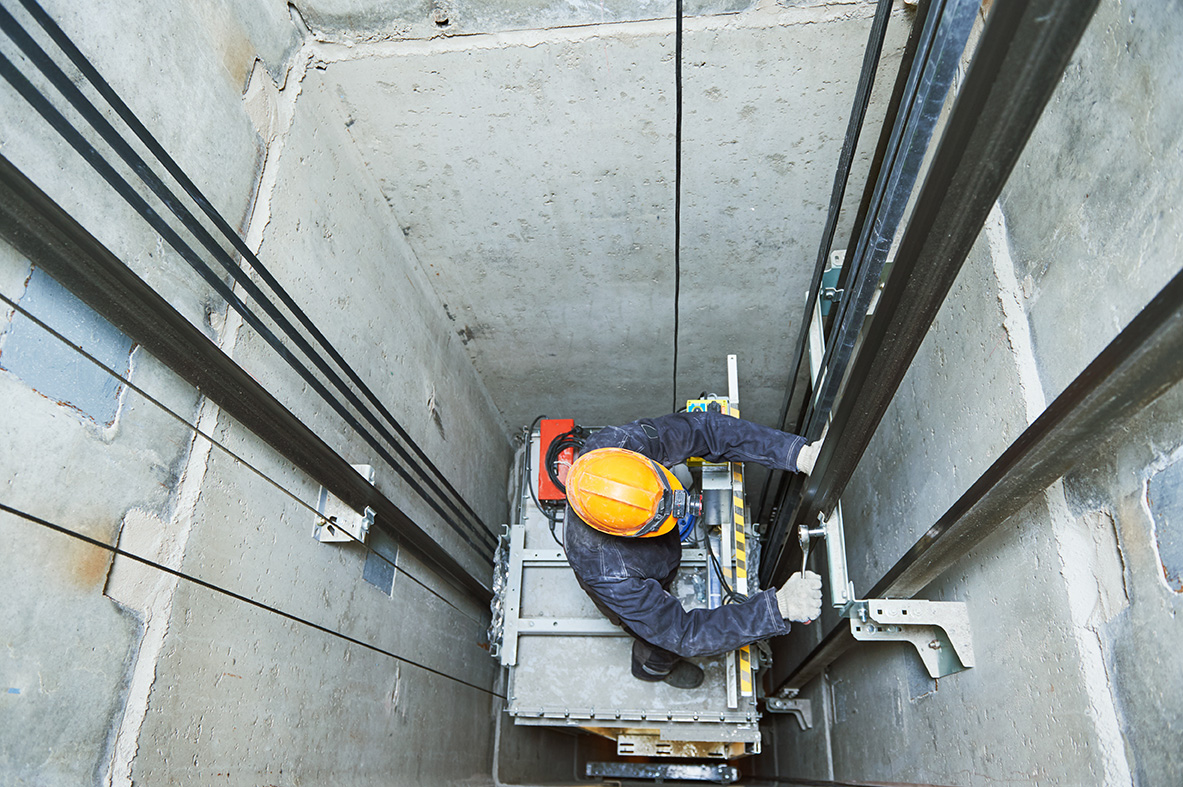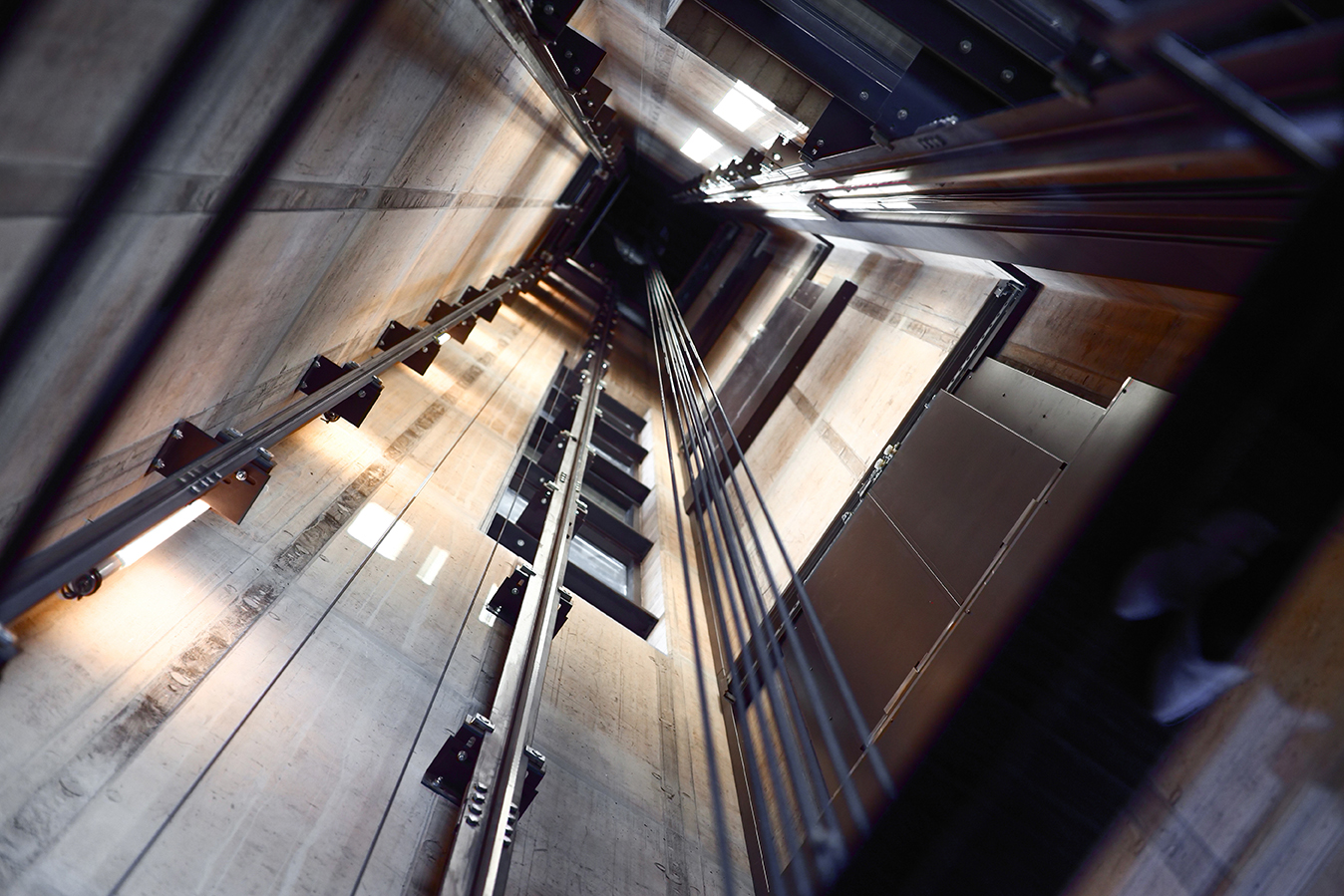Comprehensive Overview to Elevator Equipments and Their Upkeep
Navigating the complex world of elevator systems and their maintenance is a task that demands accuracy and expertise. From the various sorts of elevator systems being used to the precise adherence to safety and security guidelines, the upkeep of these upright transport devices is a complex venture. As structures skyrocket higher and technology advances, the requirement for a thorough understanding of lift systems becomes increasingly essential. Join us as we decipher the intricacies of lift maintenance, checking out typical problems, ideal practices, and cutting-edge innovations that form the modern-day landscape of vertical transportation.
Types of Elevator Equipments
The most common types include hydraulic lifts, grip lifts, machine-room-less lifts, and vacuum cleaner lifts. Hydraulic lifts are optimal for low-rise structures and utilize a hydraulic piston to move the lift vehicle. Machine-room-less elevators are a space-saving choice as they do not require a separate machine room for the lift equipment.
Each kind of elevator system has its very own benefits and downsides, making it crucial for structure owners and developers to very carefully consider their details requirements prior to picking one of the most suitable choice. Elements such as building elevation, room accessibility, power effectiveness, and budget restrictions all play a substantial duty in identifying the ideal elevator system for a particular structure.
Typical Maintenance Problems
Routine upkeep of elevator systems is necessary to make certain smooth operation and prolong their life-span. Regardless of regular maintenance, lift systems can still encounter typical maintenance problems that require to be quickly addressed to stop disruptions in service. Among one of the most regular issues is door malfunctions. Lift doors might obtain misaligned, bring about concerns with opening and closing properly. This can trigger delays and safety hazards, needing instant focus from upkeep technicians. One more usual issue is associated with the elevator's leveling accuracy. If the lift doesn't straighten correctly with the floorings, passengers might experience tripping risks and discomfort. Additionally, problems with the control system, such as sensor issues or electrical issues, can create the elevator to breakdown or quit functioning completely. Regular evaluations and positive upkeep can aid identify and deal with these usual upkeep problems prior to they intensify and influence the overall efficiency of the lift system.
Safety And Security Regulations and Conformity
Adhering to rigorous safety and security laws and ensuring compliance with industry requirements are critical for preserving the operational stability of lift systems. Elevators are subject to a thorough collection of security policies to secure travelers, upkeep employees, and the public. Regulative bodies such as the Occupational Safety And Security and Health Management (OSHA) in the USA and the European Lift Association (ELA) in Europe establish guidelines that cover different aspects of elevator style, maintenance, procedure, and setup.
Compliance with these policies is not just a lawful demand yet also an ethical commitment for structure owners and elevator upkeep companies. Failing to meet safety and security requirements can cause fines, legal liabilities, and, most notably, threaten the security of individuals using the lift. Normal inspections, upkeep checks, and adherence to safety and security protocols laid out in the regulations are important to guarantee the effective and safe operation of lift systems. By prioritizing safety guidelines and conformity, stakeholders can promote the trust fund of the public and minimize prospective risks connected with lift use.
Best Practices for Maintenance

Structure owners need to also take into consideration spending in innovation upgrades to enhance the effectiveness and safety and security of their lift systems. By adhering to these ideal techniques, elevator systems can run efficiently and safely, giving reliable vertical transportation for residents.

Advanced Technologies for Efficiency
Carrying out advanced innovations in elevator systems can dramatically boost functional efficiency and guest experience. These systems allow travelers to input their desired floor prior to getting in the elevator, which after that guides them to the most reliable vehicle.
Furthermore, the assimilation of smart sensing units and predictive upkeep capacities has actually revolutionized elevator upkeep. These sensors can identify potential concerns prior to they intensify, allowing positive maintenance treatments and minimizing downtime. In addition, using regenerative drives and energy-efficient elements aids lower power intake and operating expense in lift systems.
Moreover, the execution of cloud-based monitoring and remote diagnostics permits real-time tracking of lift efficiency and instant troubleshooting of any type of breakdowns. This proactive strategy not only boosts system dependability but also boosts the general individual experience by making sure smooth and undisturbed lift operations.
Verdict
To conclude, understanding the various the original source kinds of lift systems, usual maintenance problems, safety and security policies, ideal maintenance practices, and progressed technologies for effectiveness is vital for guaranteeing the smooth operation of elevators. By sticking to safety and security policies and applying ideal techniques for upkeep, structure proprietors can prolong the life expectancy of their elevator systems and make sure the safety of guests. It is necessary to remain upgraded on the latest innovations in elevator innovation to boost performance and dependability.
The most typical types include hydraulic elevators, grip lifts, machine-room-less lifts, and vacuum cleaner elevators. Hydraulic lifts are ideal for low-rise buildings and utilize a hydraulic piston to relocate the lift auto. Machine-room-less elevators are a space-saving option as they do not need a different equipment space for the lift equipment. Normal examinations and aggressive upkeep can aid identify and resolve wikipedia reference these common upkeep problems prior to they escalate and impact the overall performance of the lift system.
